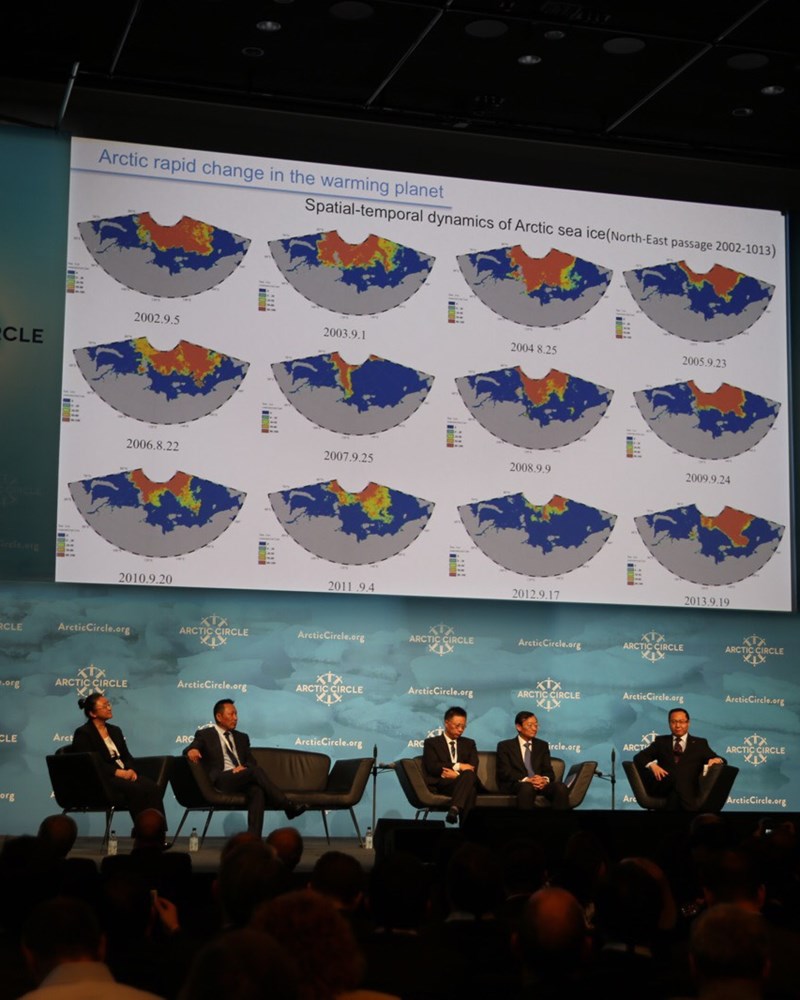Marine & Coastal Arctic Tourism Management
Organized by the Icelandic Tourism Research Center 13. September 2017
Marine and coastal tourism to the Arctic and high latitudes is increasing dramatically in parallel with international tourism growth more generally and polar tourism growth in particular. This increase is the product of improved maritime access, democratized international travel, and global climate change. Marine tourism, traditionally associated with cruising the high seas, coastal waterways or rivers, is also diversifying. Small day-tours including kayaking, scuba-diving, beach foraging, and island hopping; wildlife-based tourism (e.g., whale, seal, or bird watching), expeditions cruises, and large conventional cruises are all part of the tourism products on offer in the
Friday, October 13, 16:25 - 17:55
Location: Hafnarkot, Ground Level
Tourism can provide many direct benefits for tourists, destinations, and destination residents, and many indirect benefits for natural resource protection, cultural sustainability, and global society. Paradoxically, tourism can also damage the quality of natural resources, jeopardize the integrity of cultures, and endanger tourists and community members.
Whether tourism will be a pillar of or impediment to sustainability in the Arctic depends in large part on the actors participating in Arctic tourism management and administration and the actions they take. Actors in Arctic tourism are many and varied, including destination and natural resource managers, governmental and non-governmental administrators, community residents, tourism operators, emergency responders, scientists, and tourists themselves. Each of these actors has different, and potentially conflicting, perspective on and interests in tourism.
Understanding these perspectives and interests, and particularly their intersection and divergence is necessary to formulate and implement effective tourism policy. This session will critically consider the motivations and perspectives of diverse marine and coastal Arctic tourism actors and examine the different rhetoric and frames that these actors use to communicate and advance their perspectives.
This session will accomplish the following objectives:
- Provide a broad, multi-faceted, and coherent picture of Arctic and high- latitude marine and coastal tourism.
- Account for the social and environmental factors associated with managing Arctic and high-latitude marine and coastal tourism.
- Produce a concrete description of Arctic marine and coastal tourism actors, motivations, and action
- Demonstrate the application of discourse analysis for solving
socio- environmental sustainability problems. - Addresstheneedforsustainabletourismdevelopmentandresponsible tourism practices in Arctic coastal communities and seascapes.
Panelist:
- Auður Ingólfsdóttir, Rannsóknamiðstöð Ferðamála (Icelandic Tourism Research Center): Links between climate change, human security and sustainable marine and coastal tourism an Icelandic perspective
- Frigg Jørgensen (Invited), Association of Arctic Expedition Cruise Operators -
- Jessica Shadian, Arctic 360: Tourism search and rescue financing and community participation
- Rebecca Pincus, US Coast Guard Academy: Emergency response, international relation, and security for maritime and coastal tourism
- Sergey Shirokiy, World Commission on Protected Areas: Ecological and cultural issues, opportunities, and constraints in high-latitude tourism
- Wilfred Richard, Uummannaq Polar Institute & Smithsonian Arctic Studies Center: Institutional and community dimensions of Arctic Tourism
Moderators:
- Edward Huijbens, University of Akureyri
- Guðrun Þora Gunnarsdóttir, Icelandic Tourism Research Center
- Nathan Reigner, Tourism consultant

